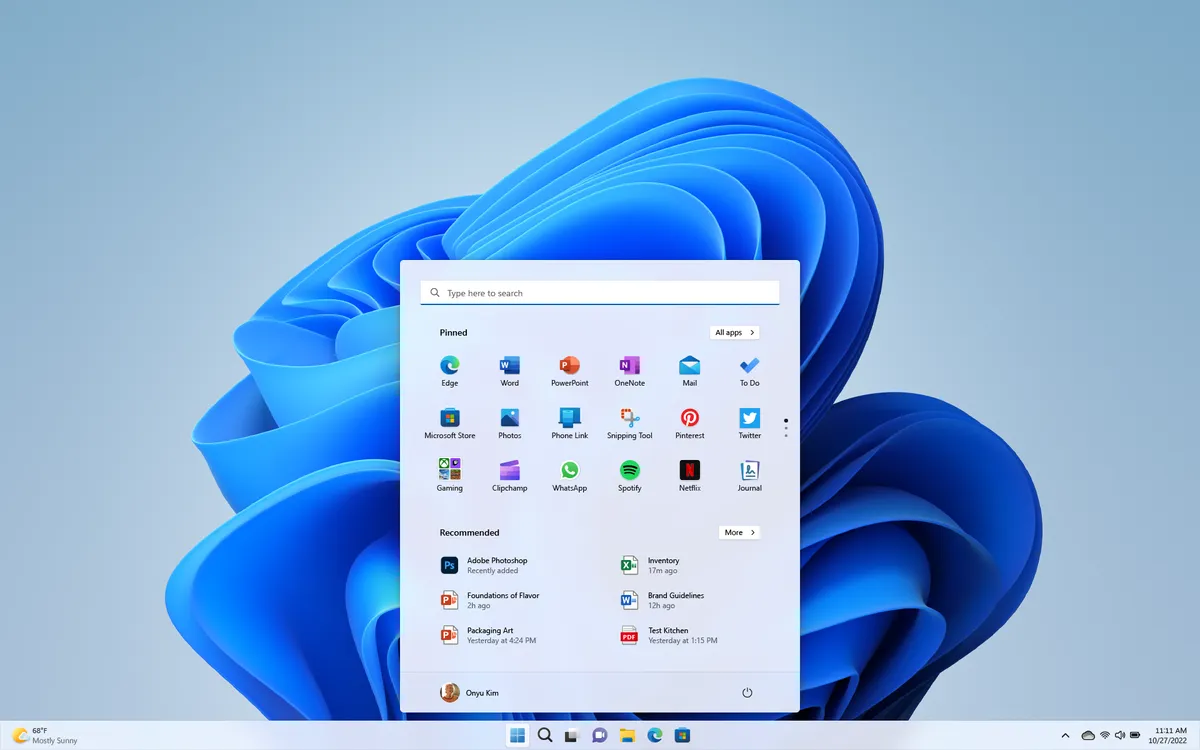As Microsoft faces the challenge of transitioning users from Windows 10 to Windows 11, recent data indicates a troubling slowdown in adoption rates. Despite eight months of steady progress, a sudden shift has emerged, particularly in the U.S. market, where Windows 11’s market share fell sharply, while Windows 10 saw an unexpected uptick. According to Statcounter, while global Windows 10 market share increased slightly from 61% to 62%, in the U.S. it rose from 58% to 61%, with Windows 11 dropping from nearly 40% to below 37%.

This trend reversal is concerning as it suggests that Microsoft’s strategy to encourage upgrades is faltering at a crucial time. With the end-of-support for Windows 10 looming next October, the stakes are high for Microsoft to persuade its user base to switch to the more secure and modern Windows 11.
Microsoft’s Extended Support Offer: A Temporary Solution?
In a recent announcement, Microsoft confirmed a 12-month extended support option for Windows 10 users, effective from next October, priced at $30 per PC. This decision may offer temporary relief for users hesitant to upgrade. However, it raises questions about the long-term viability of Microsoft’s upgrade strategy. The extended support may indeed be a catalyst for some users to delay their transition, maintaining their current systems with security updates through until October 2026.

The Hardware Dilemma: A Barrier to Upgrade
The reluctance to upgrade to Windows 11 isn’t just about software. Approximately 400 million users are currently on hardware that does not meet the new system requirements for Windows 11, which includes TPM 2.0 for enhanced security measures. Microsoft has been clear in its communications, stating that upgrading on non-compatible hardware could end support and void warranties, positioning TPM 2.0 as a critical component of a secure IT environment.
The AI Complication: Recall’s Rocky Rollout
Adding to Microsoft’s challenges is the rollout of new AI features like Recall, which has been fraught with bugs and security concerns. Despite being a flagship feature intended to showcase Windows 11’s advanced capabilities, its problematic debut has only added to users’ hesitancy to upgrade. TechRadar reports significant issues with Recall, noting that it failed to function correctly for many users, undermining confidence in Windows 11’s new offerings.

What This Means for the Future
As we approach the holiday season and the end of another year, the performance of PC sales and the adoption of extended support options will be critical indicators of what 2025 might hold for Microsoft. The company has emphasized the security advantages of Windows 11 over its predecessor, but with millions of users still at risk and hardware compatibility issues unresolved, Microsoft faces a tough road ahead.
In sum, Microsoft’s current predicament with Windows 10 and Windows 11 highlights the complexities of managing a massive, global user base through a major transition. The company must navigate not only the technical and security aspects but also user behavior and market dynamics, all while trying to maintain its reputation and user trust in an increasingly competitive tech landscape.










